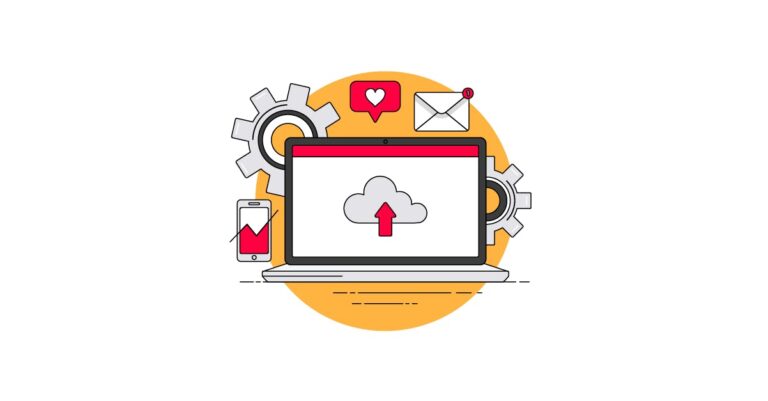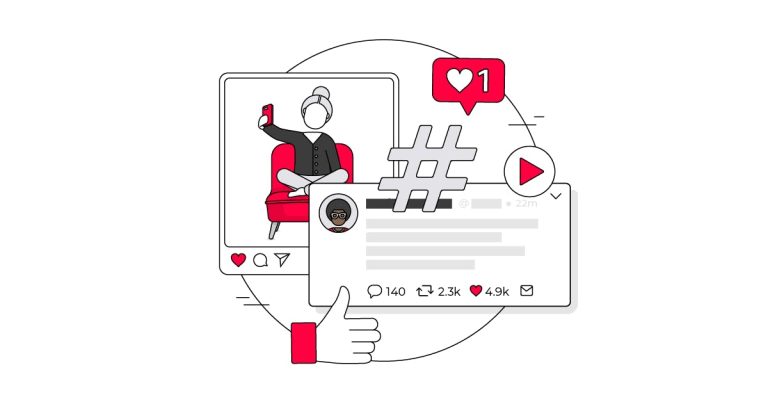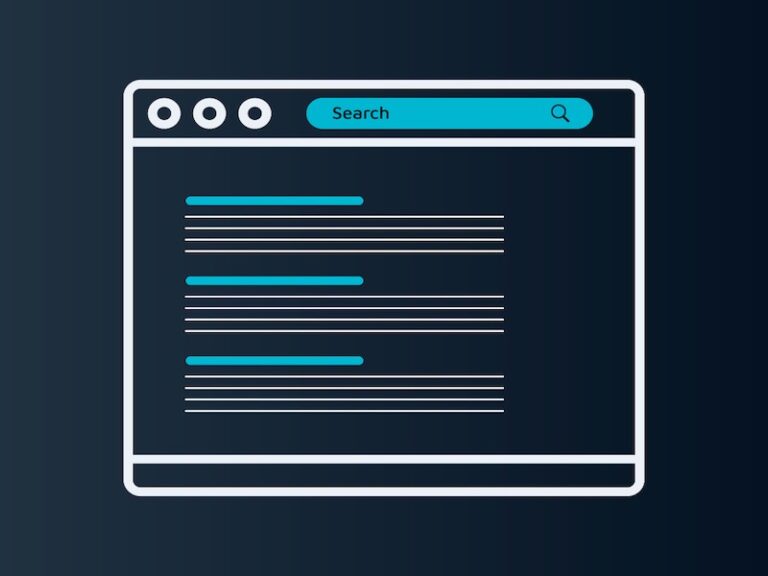
Accuracy. One open secret of first-party and third-party data is that it’s not always that accurate. We’ve all experienced times where we accidentally visit a product, or mistakenly click an ad, only to be bombarded by emails, banner ads, and YouTube pre-rolls about that same thing for weeks afterward. Inferred data, as its name indicates, offers an incomplete picture. It’s a guess. A calculated guess, for sure, but still a guess.
First-party and third-party data is becoming harder for brands to access and leverage, which means that zero-party data is becoming even more important than ever before and that marketers should invest in more ways to collect, manage, and leverage it.
Zero-party data can also be used to personalize newsletters and email communication. You can collect information like gender, demographics, and their favorite brands and use that to segment them into different lists. And because you’re segmenting based on zero-party data instead of inferring it based on behavioral data, there is a higher chance of them getting the emails they want.
What is zero-party data?
This kind of information may need to be transferred into a database in order to be usable, but it’s still considered zero-party data because of how the information was collected.
And last but not least, you can use zero-party data to collect market research. Surveys, contests, and social media interactions can be used to populate a user’s profile on your CRM or marketing database, which can be aggregated for a more holistic view of your target audience.
How do you collect zero-party data?
With zero-party data, brands will be able to target their communications much more effectively. Zero-party data can be accessed and utilized in real-time, so their messages can be more relevant and timely than targeting based on behavioral data or inferred insights.
GDPR compliance is not an option–at least, not for companies who take their customer’s data seriously. Be responsible when collecting and utilizing first-party data, and you will decrease the likelihood of being audited and fined by regulatory bodies.
- Surveys
- Quizzes
- Contests
- Polls
- Registration forms
- Social media
For best results, leverage zero-party data (both the collection and the application) in ways that provide tangible and visible value to the customer. Encourage users to submit questions by hosting contests and keeping fields to a bare minimum.
With time, you’ll be able to master the collection, management, and application of zero-party data and make it an integral part of your customer outreach efforts. And the best part? You’ll be marketing in a way that is compliant with privacy rules and in a manner that provides the most value and respect for your customers.
- Customer Support
- Email interactions
- In-store interactions
Marketers have to perform triage and only ask the most vital questions. “Nice to have” questions are either set aside for use in another form, answered through inferred data, or simply thrown out entirely. This can lead to a very narrow view of your customer’s profile.
How do you use zero-party data?
Like any marketing tool or technique, zero-party data has both its upsides and its downsides.
In contrast, first-party and third-party data is inferred from behavioral data and other sources. Pixels, cookies, and cross-platform identification are passive measures and therefore do not count as zero-party data.
Examples include:
Zero-party data gathers the information straight from the customer. It’s direct information from them and therefore offers a better peek into their wants, needs, and personal details.
The pros and cons of zero-party data
The market is responding to such needs. Apple’s upcoming IDFA update has caused waves within the advertising industry, and browsers are moving away from third-party cookies. Most companies have taken at least partial action towards CCPA and GDPR compliance.
Pros
Zero-party data offers quite a few benefits for brands to take advantage of:
Dynamic websites are the best example of this real-time application. A website visitor could be presented with a quick, one-question prompt. The customer would be asked what challenge they’re trying to solve, what product they would most like to see, or simply where the user was located. They would then be shown a different version of the site that would help them best based on what they answered.
Zero-party data, also known as “explicit data,” is a term coined by Forrester Research. It refers to data that a customer willingly and knowingly shares with a company. Zero-party data is volunteered by the customer proactively.
The best way to compensate for this is to focus on the data that will make the biggest difference. A few very important details submitted by a large number of customers is far, far better than a smaller number of responses that each give disproportionately bloated amounts of data.
The key element here is for the brand to adhere to the informal agreement. If you are collecting zero-party data for an express purpose, stay true to your world and only apply it for that singular purpose. Your customer may have signed up for one of your newsletters, but they didn’t sign up for all of them.
Compliance. This may seem the reason with the least business value, but don’t underestimate it. Government agencies are taking a tough stance on privacy regulation. The European Union has leveled a total of 0 million worth of GDPR penalty fines to date. Nobody is exempt. Not even Google, who had been hit with a €50 million fine in 2019.
Data privacy and security are increasingly important to customers. According to a survey by Cisco, 84% of respondents said that they care about their own data and want more control over how it’s being used.
Cons
Ideally, the experiences should be compelling and provide some kind of net value to the customer. Contest prizes are a great motivator. So are gated thought-leadership assets like whitepapers and case studies–provided the content is worth it. Webinar or event registrations also provide good value in exchange for zero-party data.
Short on detail. Zero-party data requires the customer to submit information themselves. But the longer a questionnaire or form is, the less likely a customer will complete it. So what is a marketer to do if they want to get data?
You don’t always need to rely on digital interactions to collect zero-party data, however. You can also use the following methods:
Customer honesty. There will be times when customers provide “garbage” answers. This sometimes happens when content is gated and the customer doesn’t want sales following them up. The customer will provide fake personal and contact information just to get to the whitepaper. As a result, the sales rep wastes their time contacting a fake number, and you lose out on real customer data.
Transparency and trust. Brands that are honest about collecting and using zero-party data will garner more consumer trust than other brands that collect data in less visible ways. It’s a very easy equation for the customer to understand: I give you X data, and you use it for Y.
Despite the risks of some customers faking their answers, zero-party data is still the most timely and reliable basis you have for personalizing your campaigns.
An interactive experience where users knowingly provide information count as zero-party data.
As advantageous as it is to use, zero-party data isn’t perfect. It does come with a few downsides:






